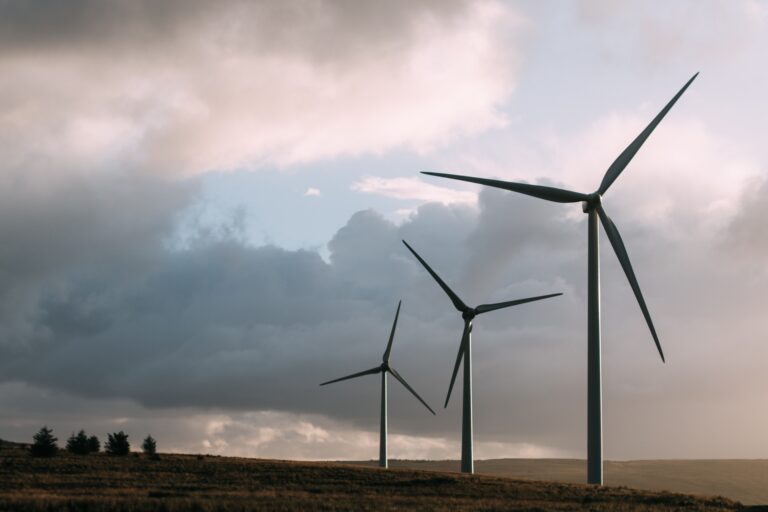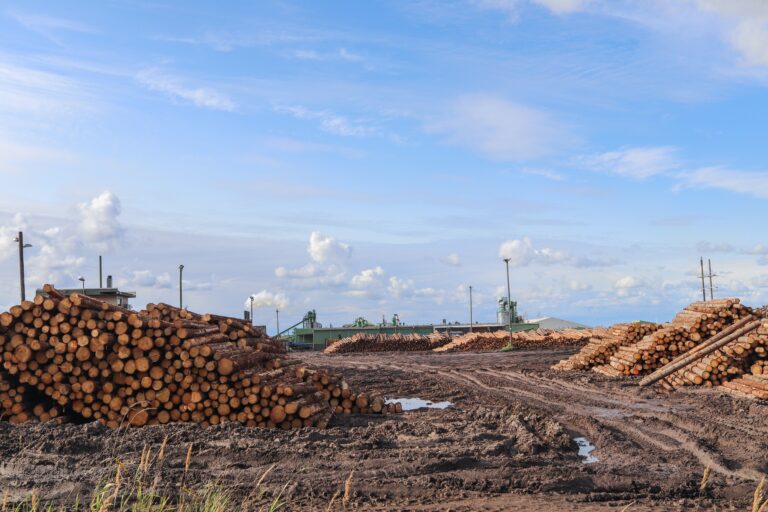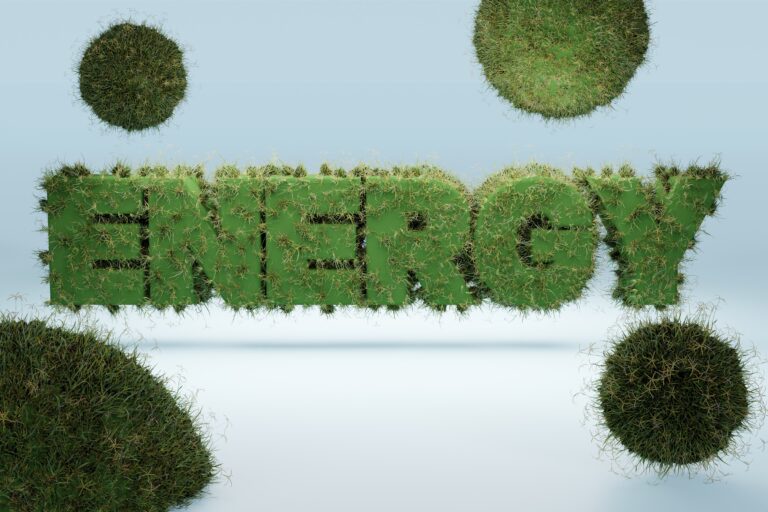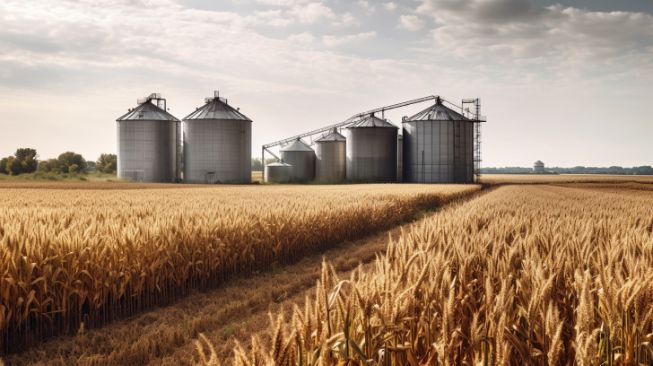The Pros and Cons of Bioenergy: Is It Worth the Investment?
The energy obtained from organic materials, such as vegetation and animals, is referred to as bioenergy. It is a renewable energy source that has received a lot of notice in recent years because of its ability to decrease greenhouse gas pollution and mitigate climate change. Bioenergy is an essential part of today’s energy environment because it offers a sustainable option to fossil fuels.
The goal of this piece is to investigate the different types of bioenergy, their advantages and flaws, and their potential to meet the world’s increasing energy demands. The piece will also go over the challenges of producing and utilizing bioenergy, as well as the policies and laws that control its use.
Table of Contents
Pros of Bioenergy
Bioenergy is a natural and safe energy source with numerous advantages. We will look at the benefits of bioenergy and why it is a feasible option to fossil fuels in this piece.
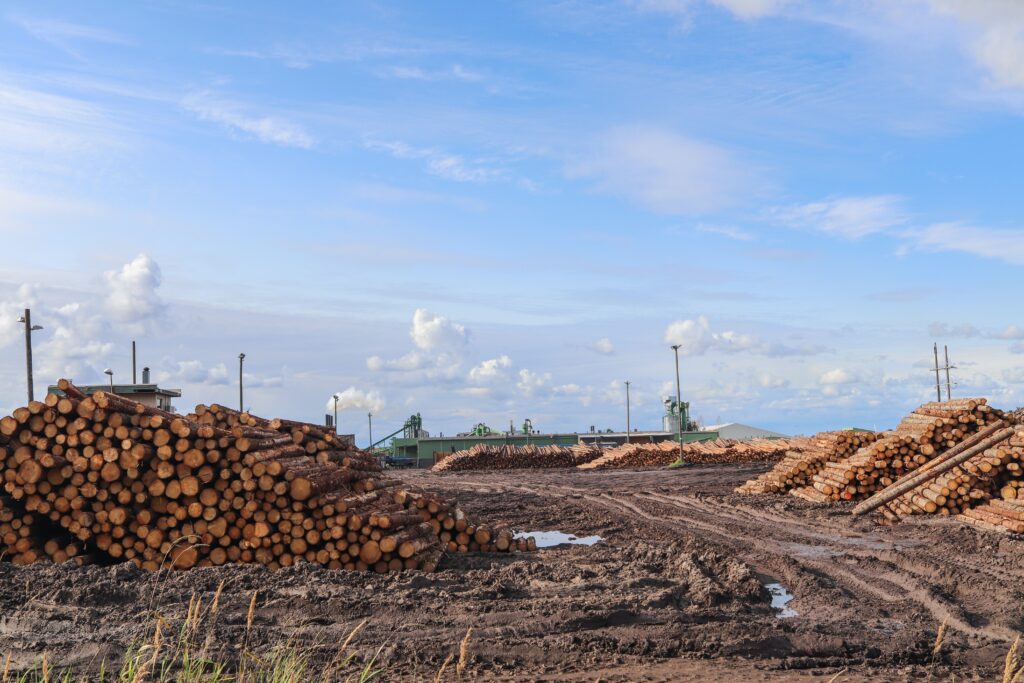
Bioenergy is produced from organic substance, such as vegetation, fruits, and waste. Bioenergy is a viable form of energy because these resources are renewable and can be renewed over time. Bioenergy, unlike fossil fuels, which are finite and non-renewable, can be created forever.
Bioenergy can help decrease our reliance on fossil fuels, which contribute significantly to climate change. We can reduce our dependence on nonrenewable resources and progress toward a more healthy future by using bioenergy.
When compared to conventional fuels, bioenergy emits fewer carbon gases. When organic matter is burned, carbon dioxide is released; however, this is countered by the carbon dioxide absorbed by plants during their development. This implies that biomass emits far less CO2 than fossil fuels.
Bioenergy production generates employment possibilities in a variety of industries, including agriculture, forests, and refuse management. This can help bolster local economies and create job prospects in rural regions.
Bioenergy can be generated locally, lowering shipping expenses and carbon emissions. This means that bioenergy can be a low-cost, long-term option for communities situated far from conventional energy sources.
Bioenergy can be used in a variety of industries, including transit and power production. Biofuels can replace petroleum and oil, while biomass can be used to produce energy. Because of its flexibility, bioenergy is a useful resource for fulfilling our energy requirements.
Finally, there are numerous benefits to bioenergy that make it a viable option to fossil fuels. It is natural, healthy, and emits fewer greenhouse gases. It also generates jobs, can be made locally, and can be used in a variety of industries. Bioenergy will become increasingly essential in meeting our energy requirements as we progress toward a more sustainable future.
Cons of Bioenergy
Bioenergy is a type of sustainable energy obtained from organic materials such as vegetation and animal waste. While bioenergy has the ability to decrease greenhouse gas pollution and provide a sustainable energy source, there are several drawbacks to consider.
Land use and food supply rivalry
One of the most significant disadvantages of bioenergy is the rivalry for territory with food production. Because bioenergy crops require vast areas of territory to develop, the quantity of land accessible for food production may be reduced. Higher food costs and food insecurity may follow, especially in developing nations.

Expensive early investment expenses
Another disadvantage of bioenergy is the expensive original expenditure needed to set up bioenergy facilities. This includes property, machinery, and infrastructure costs. These expenses can be prohibitively expensive for small-scale farms and rural areas, making it difficult for them to engage in the bioenergy market.
Limited feedstock supply
The abundance of feedstocks such as crops, forestry leftovers, and livestock refuse is critical for bioenergy. However, the availability of these feedstocks can be restricted, especially in densely populated regions. This may result in increased rivalry for feedstocks and higher costs, rendering bioenergy less fiscally feasible.
If not handled correctly, bioenergy can have a negative influence on the environment. This includes the emission of greenhouse gases during feedstock production and transit, as well as the possibility of land degradation and water contamination. To reduce these risks, proper management methods must be adopted.
Bioenergy crop production can result in deforestation and biodiversity loss, especially in regions with high amounts of biodiversity. This can harm native ecosystems and animals, as well as add to climate change.
Inefficient in comparison to other green energy sources
Finally, when compared to other sustainable energy sources such as wind and sun electricity, bioenergy has a low efficiency. This means that it takes more space and resources to generate the same quantity of energy, making it less economically viable in the long run.
To summarize, while bioenergy has the ability to provide a renewable energy source, there are a number of drawbacks to consider. These include rivalry for land use with food production, high initial investment costs, restricted supply of feedstocks, the potential for environmental harm, deforestation, and species loss, and low efficiency in comparison to other green energy sources. To reduce these risks and guarantee that biomass is a durable and feasible energy source in the future, proper management practices must be adopted.
Is Bioenergy Worth the Investment?
Bioenergy is a type of sustainable energy that has grown in prominence in recent years. However, before engaging in bioenergy, it is critical to consider the benefits and drawbacks.

On the plus side, bioenergy is a safe and natural energy source that can help to decrease greenhouse gas pollution. It also has the ability to generate new employment and stimulate local economies. There are, however, worries about the environmental effect of bioenergy production, such as deforestation and land use shift.
When the present energy environment and future forecasts are taken into account, bioenergy is anticipated to play a major role in satisfying global energy needs. It is essential to emphasize, however, that bioenergy should not be viewed as a panacea for the world’s energy problems.
Bioenergy has benefits and drawbacks when compared to other renewable energy sources. Solar and wind energy, for example, are more broadly accessible and have fewer environmental impacts, but they are also more expensive to create.
Proper administration and oversight are critical for bioenergy business success. This involves assuring sustainable biomass procurement and minimizing harmful environmental effects.
To summarize, bioenergy can be a beneficial investment, but it is critical to carefully weigh the benefits and drawbacks, as well as the present energy environment and future forecasts. Proper administration and oversight are also required for bioenergy initiatives to succeed.
Last Words
To summarize, bioenergy has both advantages and disadvantages that must be weighed before engaging in it. On the one hand, bioenergy is a sustainable energy source that has the potential to decrease greenhouse gas pollution and reliance on fossil fuels. It can also generate employment and stimulate local economies. Bioenergy, on the other hand, has the potential to harm land use, wildlife, and food security. It can also contribute to societal disputes and violations of human rights.
Despite these obstacles, bioenergy can be a worthwhile venture if handled properly. This includes assuring that bioenergy initiatives are long-term, socially equitable, and ecologically friendly. It also entails involving and honoring local groups in decision-making.
As a result, we advocate for ethical bioenergy investment and administration. This necessitates a comprehensive strategy that takes into account the social, environmental, and fiscal implications of bioenergy. Collaboration between governments, businesses, and communities is also required to guarantee that bioenergy is a viable and equitable energy source in the future.

